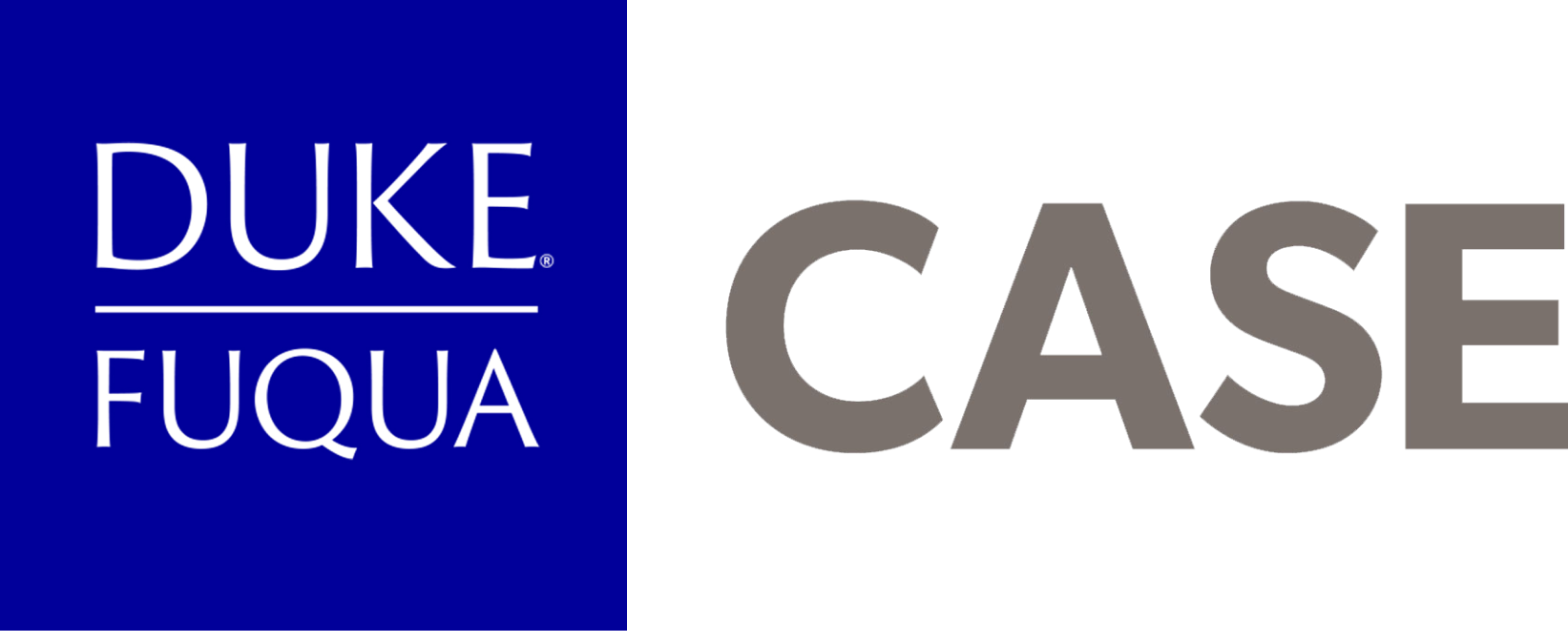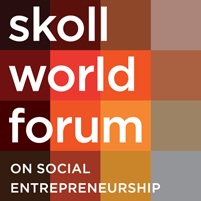This post was written by MBA student and CASE and CASE i3 Fellow Grace Webster in April 2014.
The Skoll World Forum brings together the brightest minds leading the way for social entrepreneurship, impact investing, sustainability, and much more. This year’s Forum highlighted ambitious, audacious innovators for good like Malala Yousafzai, Slum Dwellers International, Tony Elumelu, B-Lab, and the out-of-this-world Sir Richard Branson. In conversations with the delegates and representatives from across the social impact spectrum, there was a profound groundswell of energy and enthusiasm for a new era of public-private partnerships and technology-lead interventions to improve the lives and future opportunities of millions.
As social entrepreneurs scale their ventures and look to new markets and business models, they must learn to work alongside other entrepreneurs and shift from competitors to collaborators. Indeed, as Sir Ronald Cohen remarked at the Forum, if the invisible hand guides traditional capital markets, social entrepreneurs can collectively harness and benefit from the invisible heart.
One session at the Forum focused on this aspect of scaling social entrepreneurship through the lens of the microfinance industry. Smallholder finance institutions have been in existence for some time, and the industry becomes more established and coordinated every year. A recent study by the World Bank evidences the success of microfinance loans, and the benefits to borrowers at the bottom of the pyramid. As the various stakeholders scale and compete for market share, they have learned to ‘play nicely with others.’
The best practices for industry collaboration that were discussed at the Forum include:
- Understand what industry you are working in and where you fit in that industry. Identify and adhere to the necessary frameworks, common definitions, standards and guidelines, and shared principles.
- Model the demonstration effect: once you have achieved early success, share it at large. There is too often a disconnect between the story told to investors and what is happening on the ground, and there is a need to align the mission and capital base around real milestones and results.
- Organizational theory of change can evolve and adapt. As new players enter the market, don’t be afraid to partner and learn from each other, and change your business model as the landscape develops.
- There are two kinds of collaboration: comfortable and uncomfortable. Get uncomfortable, you never know where it will lead you.
- Initial conversations really matter. The founders of an industry have to be interesting and attractive to entice others to join and demonstrate that this is really the place to be. Founding members also set the tone for the industry and overall movement, and should be humble and solution-neutral. No single organization has all of the answers, and the first step to collaboration is being open to suggestions for improvement.
- Shift from judging competitors as inadequate to engaging them as collaborators. Focusing on the faults of other organizations breeds hostility and discourages partnerships and growth.
- Realize your own limitations. Identify what you can do on your own and where you can leverage the skills and relationships that others have already established.
As microfinance transitions from building a social movement to building an industry, these highlights from veterans of social entrepreneurship can be adapted to many business models. As the microfinance movement progresses, the industry that has emerged looks (perhaps not surprisingly) like a well-balanced investment portfolio: volume and diversification across a variety of groups to distribute risk and seek returns in multiple sectors. Aligned around a shared principle of improving access to capital to all, these entrepreneurs are pursuing many different paths to achieving this common goal, while still adhering to industry regulations and standards.

